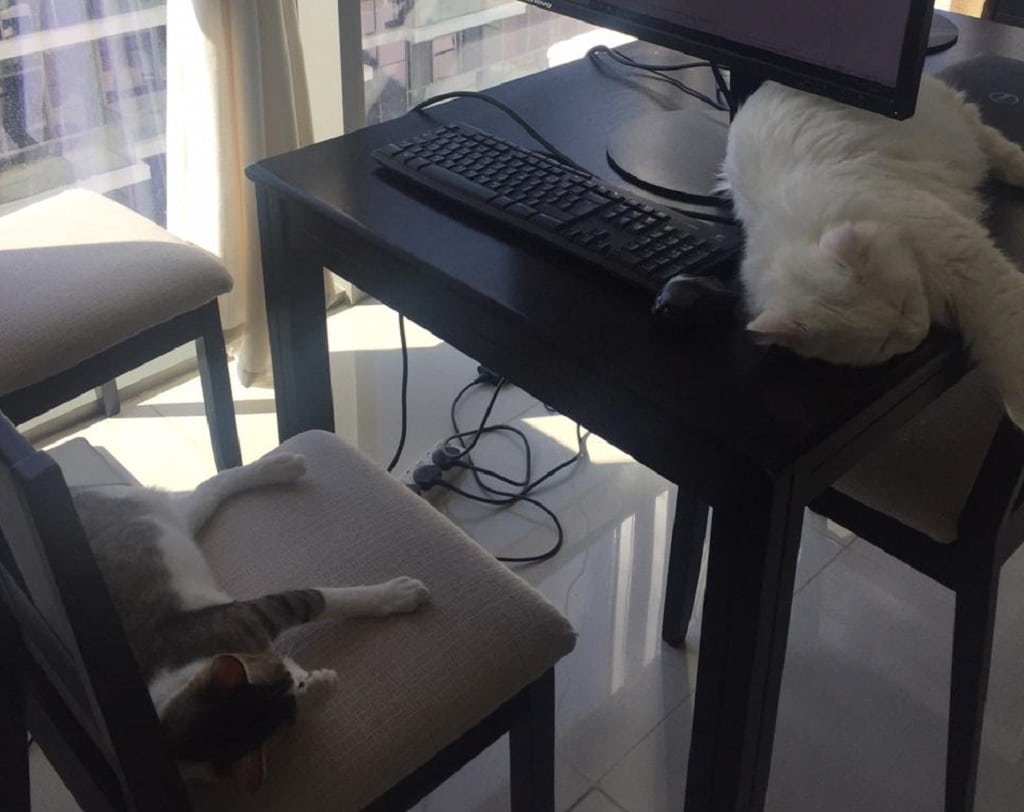The Future Of Remote Working
The coronavirus pandemic throughout the globe has thrown our lives into disarray and forced many changes in how we live and work. While many of these changes are likely to be temporary, some developments are here to stay for a while.
One such change is the move towards having a workforce that works remotely. Thanks to the lockdowns and the social distancing norms necessitated by the COVID-19 scare, most companies that can incorporate the idea of having remote workers.
But how does it work? What are the problems that can arise? And most importantly, what is the future of remote work, after the current crisis is done with?
Let’s find out.
What is remote working?
The extent of digitization present in our lives these days is astounding. Digital processes have made inroads in industries as wide-ranging as healthcare and manufacturing.
Computing devices are almost ubiquitous, making it easier than ever to communicate and collaborate with people living on the other side of the globe. And thanks to the dotcom boom, a large number of profitable companies today (like Google or Microsoft) are entirely digital.
All these factors come together to pave the way for a new way of getting things done.
Working remotely is simply a paradigm where the physical office is replaced by the virtual space, with online chats taking the place of water-cooler discussions. The workforce never needs to show up face to face but works together by leveraging digital tools.

What are the advantages of remote working?
On the face of it, the idea of remote work seems counter-intuitive. I mean, how on earth will you ensure that your employees will work from home and complete all the tasks in their pyjamas?
But if you dig deeper, the concept of remote work can prove advantageous for any forward-thinking business. A team of remote workers can perform far better than a physically confined one.
The biggest reason to go for remote work is talent. With a distributed workforce, you can hire the best talent from around the world without being constrained to only the local population. This can be especially beneficial for tech-focused companies, where hiring an experienced digital nomad with the right skill-sets can be a shot in the arm.
Another reason is savings. Needless to say, when your employees work from home instead of from your office, it results in significant savings from not having to maintain a functioning office space. Even if you rent a hall or two every now and then for your remote employees to conduct meetings, you are going end up spending a lot less than you did earlier.
The last, but no less important reason, is that it boosts the health and well-being of your employees. As remote workers, they are better able to manage flexible work schedules more conveniently. This reduces stress and makes them more satisfied with their work. That’s not all, it helps in improving the retention and productivity of your remote employees.
What are the challenges of remote working?
Not all is sunshine and roses. As with any new methodology, working remotely has posed its own set of problems and challenges to various companies.
The greatest hurdle is motivation. There is a reason why we still have offices and classrooms; employees tend to push themselves better when competing with their peers. It is also difficult for remote workers to motivate themselves properly, which can lead to decreased productivity.
Another problem is collaboration. Technological stopgaps notwithstanding, human beings that are used to executing tasks when they are together physically. While remote meetings and video conferences can help remote teams communicate effectively, many find virtual meetings insufficient. This is especially true in creative industries, where coworking is not simply a case of sharing files or moving along the workflow
Then there are possible technical issues. The entire framework of a distributed workforce depends on the backbone of failure-prone technology. It is not a leap to assume that the tech might fail from time to time, throwing a wrench into the smooth running of your company. This can be mitigated to a great extent by adopting better tools and frameworks while putting redundancies in place
Lastly, there is the problem of work-life interaction which needs to be resolved. While on one hand working from home allows your employees a greater latitude of freedom to structure their lives, it also makes it easier for real-life considerations to intrude upon the remote work. Removing a physical workspace from your workers also removes the boundaries between home and work, which, depending on how it is managed, can be a boon or a curse.

What kind of tech is needed for remote working?
It is a misconception that a suite of advanced technologies is required for remote work to be successful. For you to do this, you don’t need that much.
On the hardware front, all you need is a good PC (or laptop) with a webcam and microphone for video conferences. Chances are, you already have a notebook you take to work or a home system that you use for your multimedia needs.
As for tools, it depends a lot on the nature of your work. Yet, some apps come in handy no matter what industry you are in. These include Microsoft Teams & Slack, a tool for seamless communication between remote teams, Asana, an app for virtually managing projects, and of course Onedrive for Business which help multiple people collaborate without much setup. These applications have turned out to be so effective in various remote work processes.
Is remote working effective?
As with anything you try, this depends entirely on how you go about it.
If managed well, it has the potential to greatly boost the productivity of your employees, not to mention help you strike a better work-life balance while at it. By keeping yourself motivated and properly managing your time, you can ensure that you get more work done at your home than you ever did at your office.
But at the same time, it is easy to get it wrong too. If you do not set boundaries, your home life can begin encroaching on your professional work schedules. Apart from reducing your effectiveness, it can also lead to greater stress as you fail to keep up with your virtual employees who might be getting more things done.
How can I improve my remote working?
Most workers are not aware that the key to becoming an effective digital nomad is discipline. In the absence of a real office and a boss breathing down your neck, you need to set the rules for your work and enforce them yourself.
It’s all about taking your responsibility in the work that has been assigned to you. Know what you need to do, and make sure that you set aside the hours to do it.
At the same time, you do not necessarily have to adhere to a rigid 9-to-5 routine when you work remotely. Put more emphasis on achievable goals and measurable progress than just devoting a particular amount of time for your work.

How common is remote work?
Even before the current crisis pushed companies toward aggressively pursuing the concept of remote work, the world had long been moving toward virtual coworking spaces. Thanks to globalization even before the current crisis, many companies had long been moving toward virtual coworking spaces. Thanks to the globalized nature of the remote workforce, it is becoming common to see the employees of a typical tech company scattered throughout the globe. Most management agencies can now admit to the fact that the future of work has arrived..
In the world of technology, especially, a large number of high-level roles are filled by freelancers and consultants that offer their skills of work virtually. This trend will only improve in the future due to the upshot in the number of startups, which are more likely to forego expensive office spaces in favour of a distributed workforce.
Is the future of remote working bright?
Many think that working from home is just a fad or just a movement born of necessity, that would fade away in future as things return to normal. Such people might be mistaken. It is important to note that this future of work will present a seamless opportunity to many people
A major roadblock toward the widespread adoption working virtually was simple inertia. Companies did not wish to make an effort toward educating their workers and implementing a framework conducive for working from home.
But the coronavirus pandemic changed everything. It has forced every company to adopt the idea of virtual work at all levels. Even after the current crisis has passed, the lessons are going to stick.
Many will find the current workflow to be a better fit with their vision than the traditional office setup. With the entire workforce has gained first-hand experience in remote work trends, it would be even easier to transition completely to a virtual workforce.

